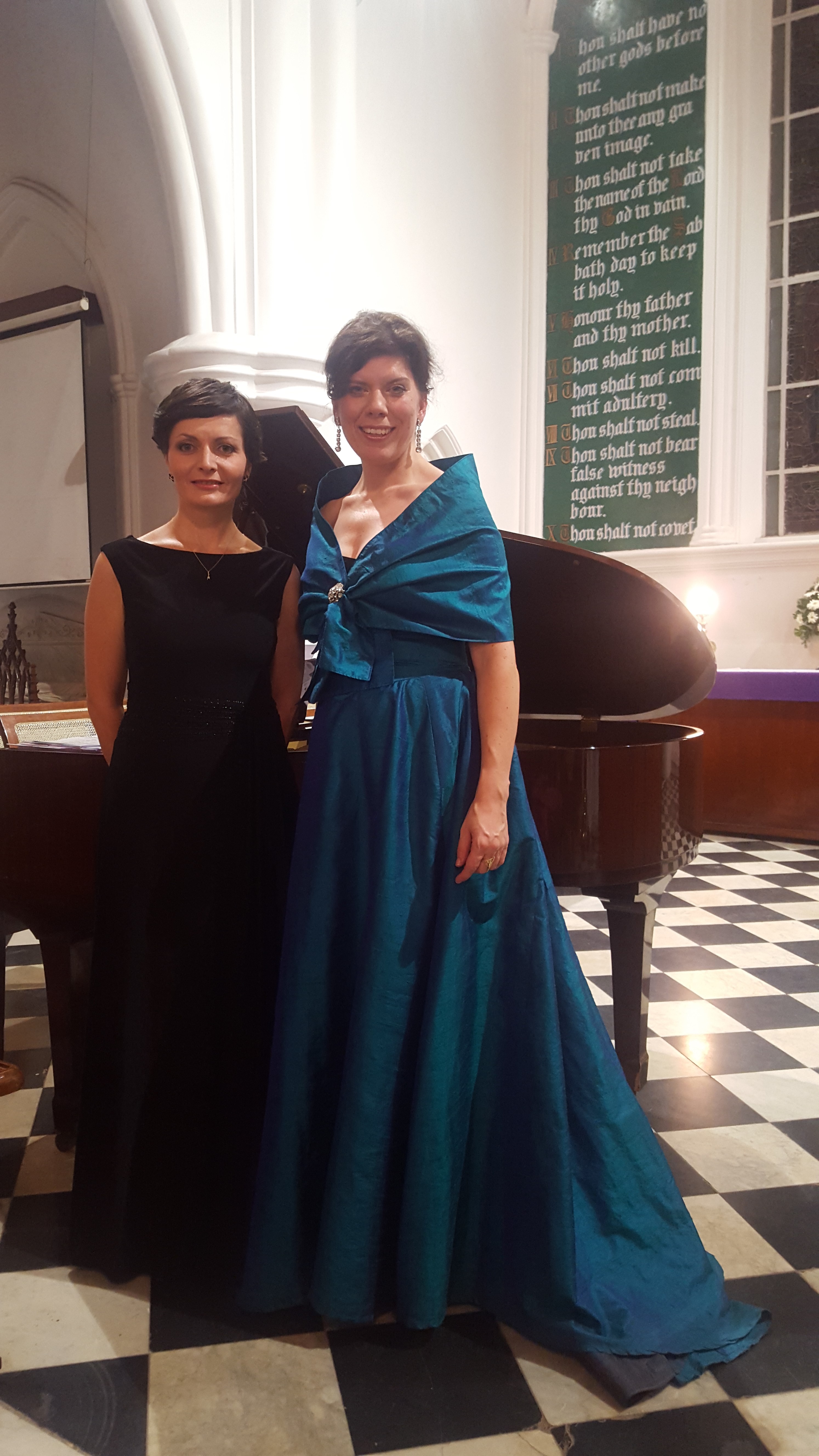To India with love!
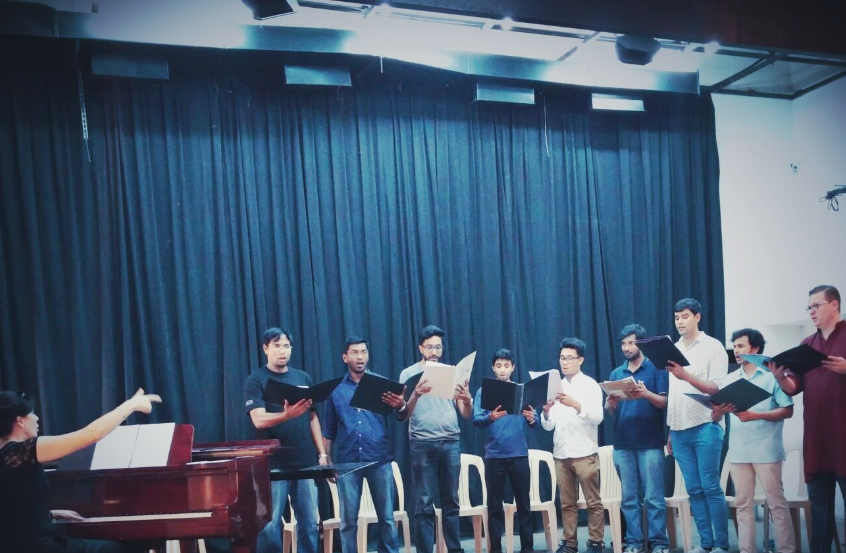
My first meeting with India was through a friend working at the Swedish Embassy in Delhi around 2005. I stayed three weeks, doing the ordinary tourist thing like the Agra, Taj Mahal, Jaipur and Khajuraho, but we also went to Ladakh and did some high altitude trekking for a few days. It was mind-blowing: the contrasts, the landscapes, the multitude of people, languages, foods and music. Especially I remember a magnificent monsoon wedding in Delhi, with some 3000 guests. I had never seen anything so lavish in my life.
Since then I have been back in 2008 and 2011 to coach and tour with Ms. Neecia Majolly’s choir “Madrigals Etc.” in Bangalore. On our first tour we presented Western Classical church music such as the “Requiem” by Maurice Duruflé in Bangalore, Hyderabad, Chennai and Delhi. On our second tour in 2011 I had also brought some renowned Swedish singers with me, doing among other works the Vivaldi “Gloria” and vocal polyphony by Purcell. This time my colleague, the Swedish coloratura soprano Lena Moén and I did master classes with choristers, choir leaders and conductors. As I studied in Stockholm, London and St. Petersburg to be a church musician, pianist, conductor and then becoming an internationally touring singer and teacher, I have a broad perspective that I very much enjoy sharing.
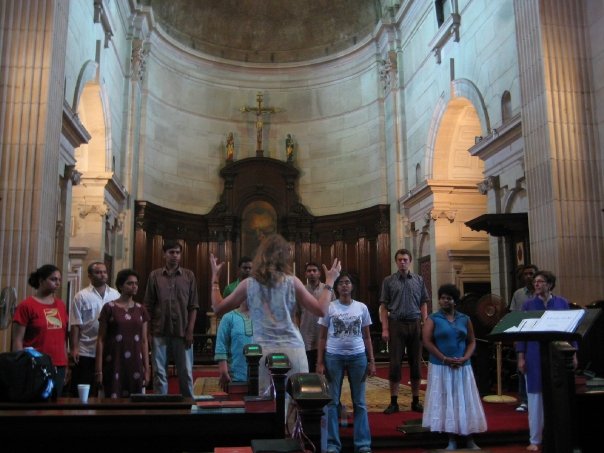
My colleague and I were very impressed with the ambitions of the teachers and singers present in our 2011 masterclasses in Bangalore, Hyderabad and Chennai: I especially remember two ladies that had been traveling from their school in Kerala on the bus to Bangalore for more than eight hours.

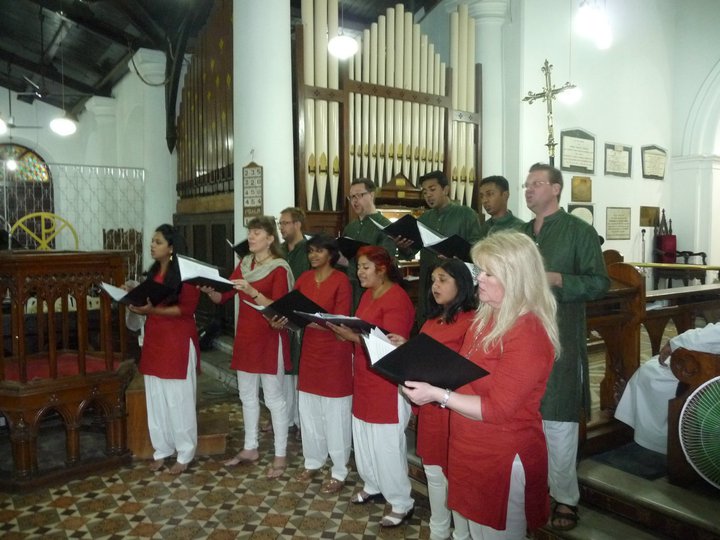
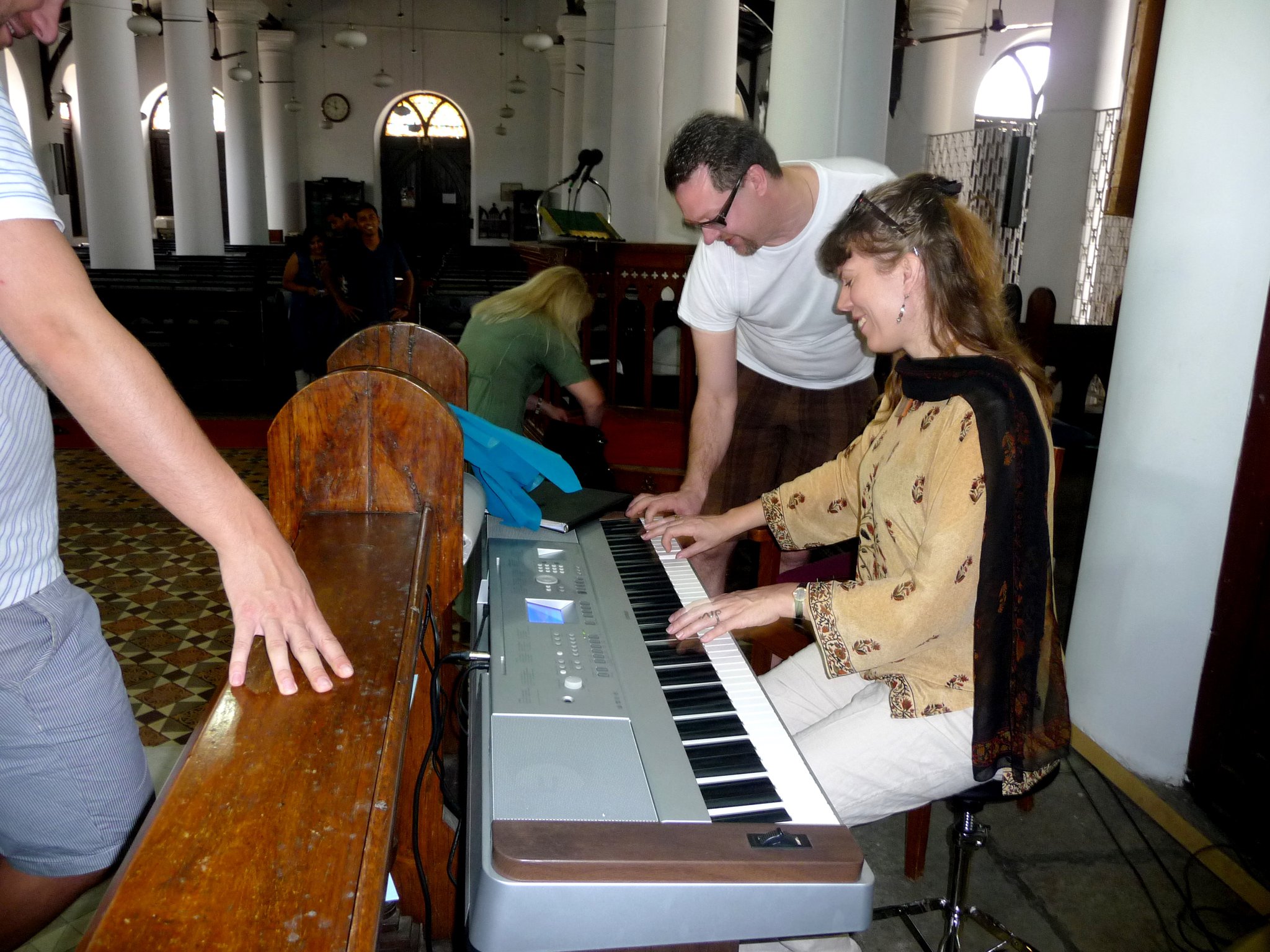
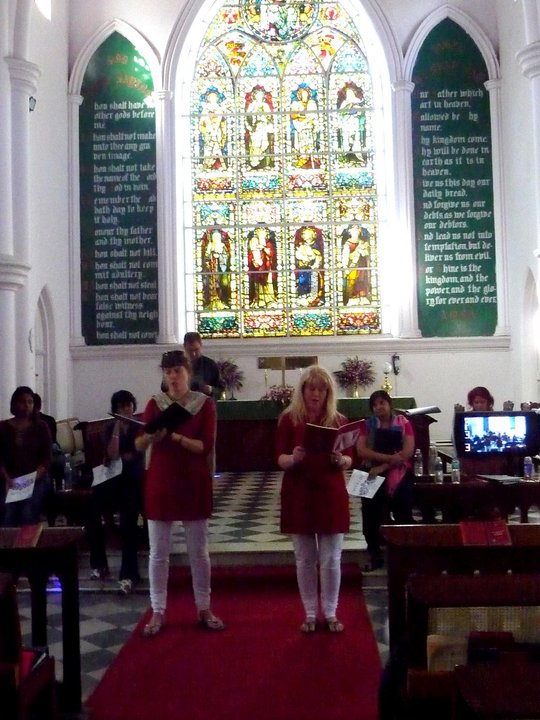
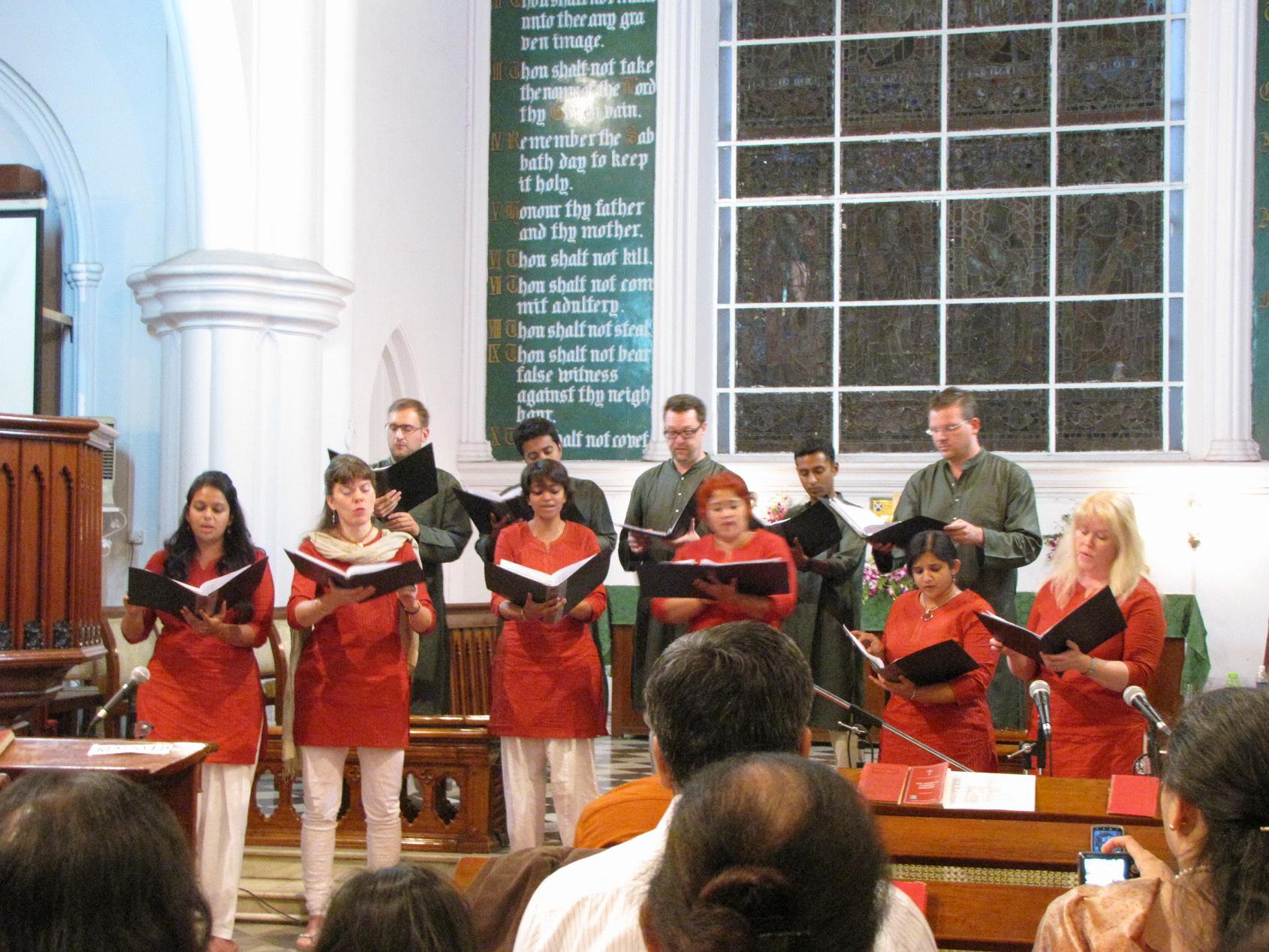
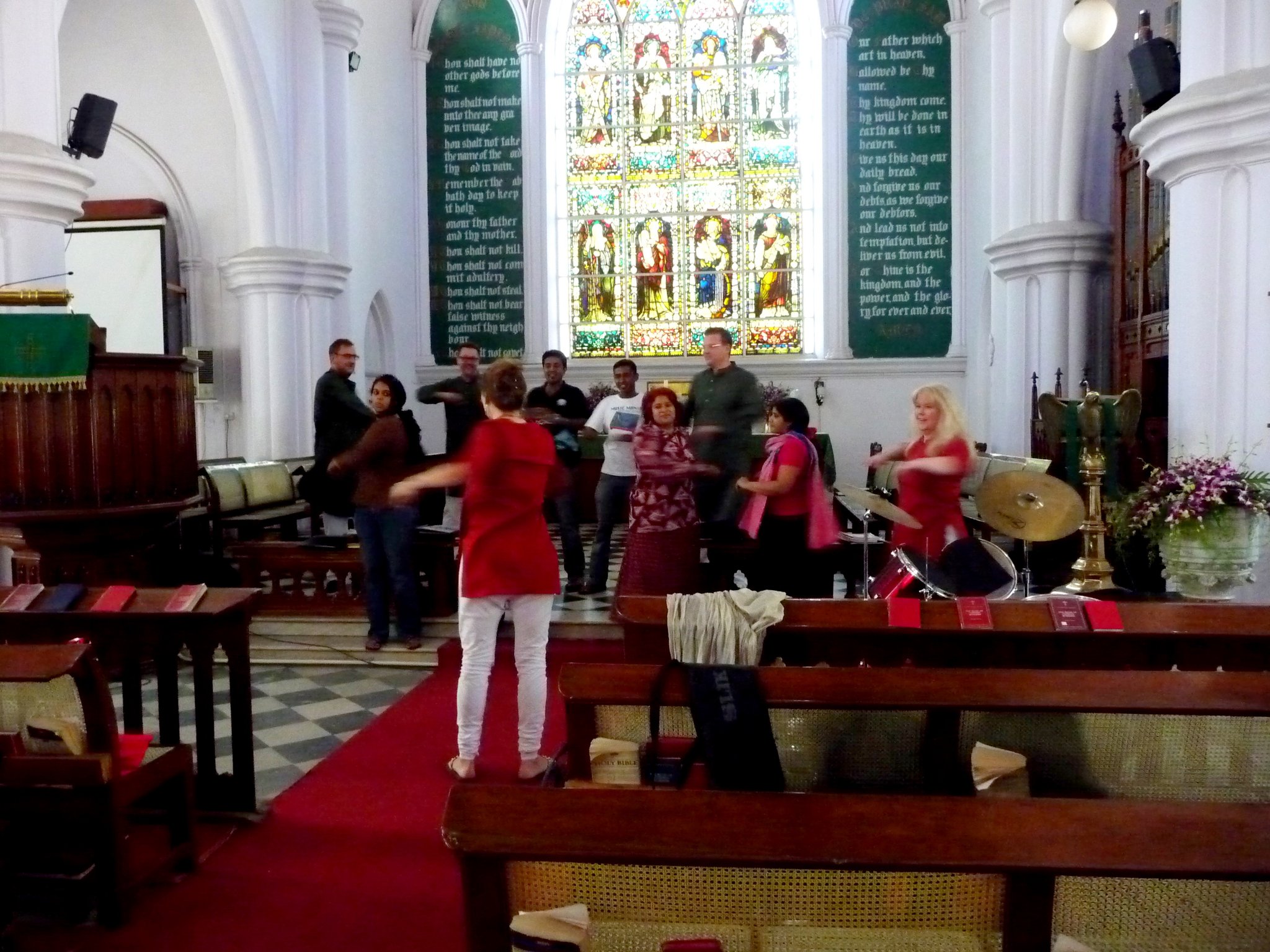
My most important moment in India so far has been at a concert in Secunderabad on our 2011 tour, when the church organ broke down just before concert. Goodness – my aria was in danger! We found an electrical keyboard in a corner though. It was steaming hot, some +34 degrees, all windows open to the streets around, and I counted to 34 fans in the ceilings and on the floors, all around us. It sounded like we were inside a hangar for airplanes. The video clip below is from that concert. Street sounds are mixed with the buzzing of fans and the tinkling piano. Somehow this clip went on Youtube. A month later the famous conductor Teodor Currentzis happened to see it – and this actually started my Russian career, with more than ten visits to St. Petersburg, Perm and Moscow, opening the doors to the Mahler Chamber Orchestra, Dortmund Mozart Festival, European cities, the Berlin Philharmonic and a recording of “Le Nozze di Figaro” on Sony Classical. From India to Russia with love!
My fourth visit to India, in February this year, was focused on The Bangalore School of Music, where I was teaching the students of Western Classical singing under Mr. Jonas Olsson and doing master classes and open workshops with choirs.
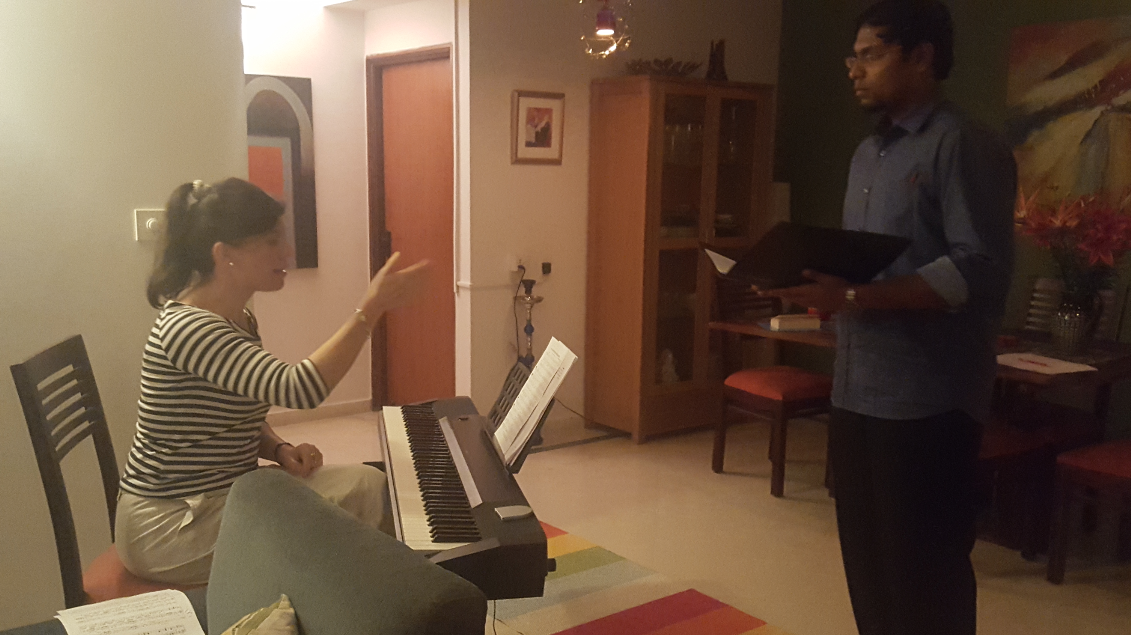
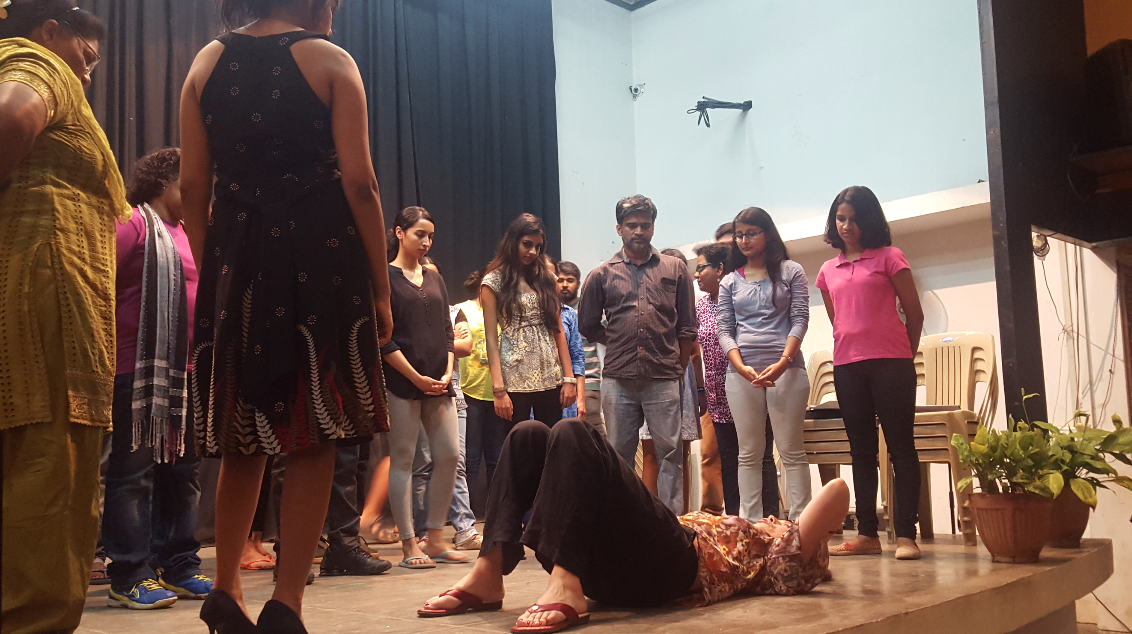
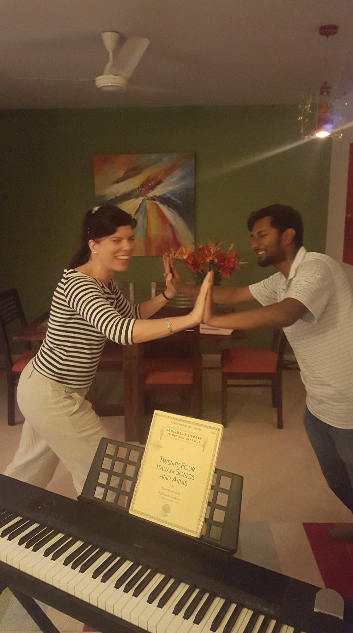
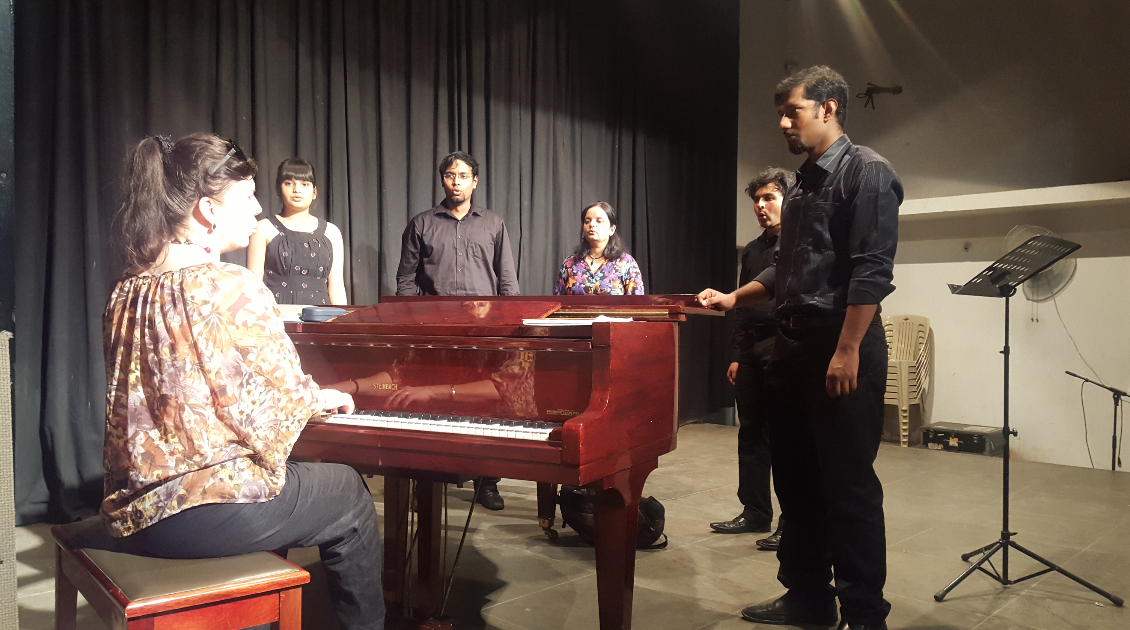

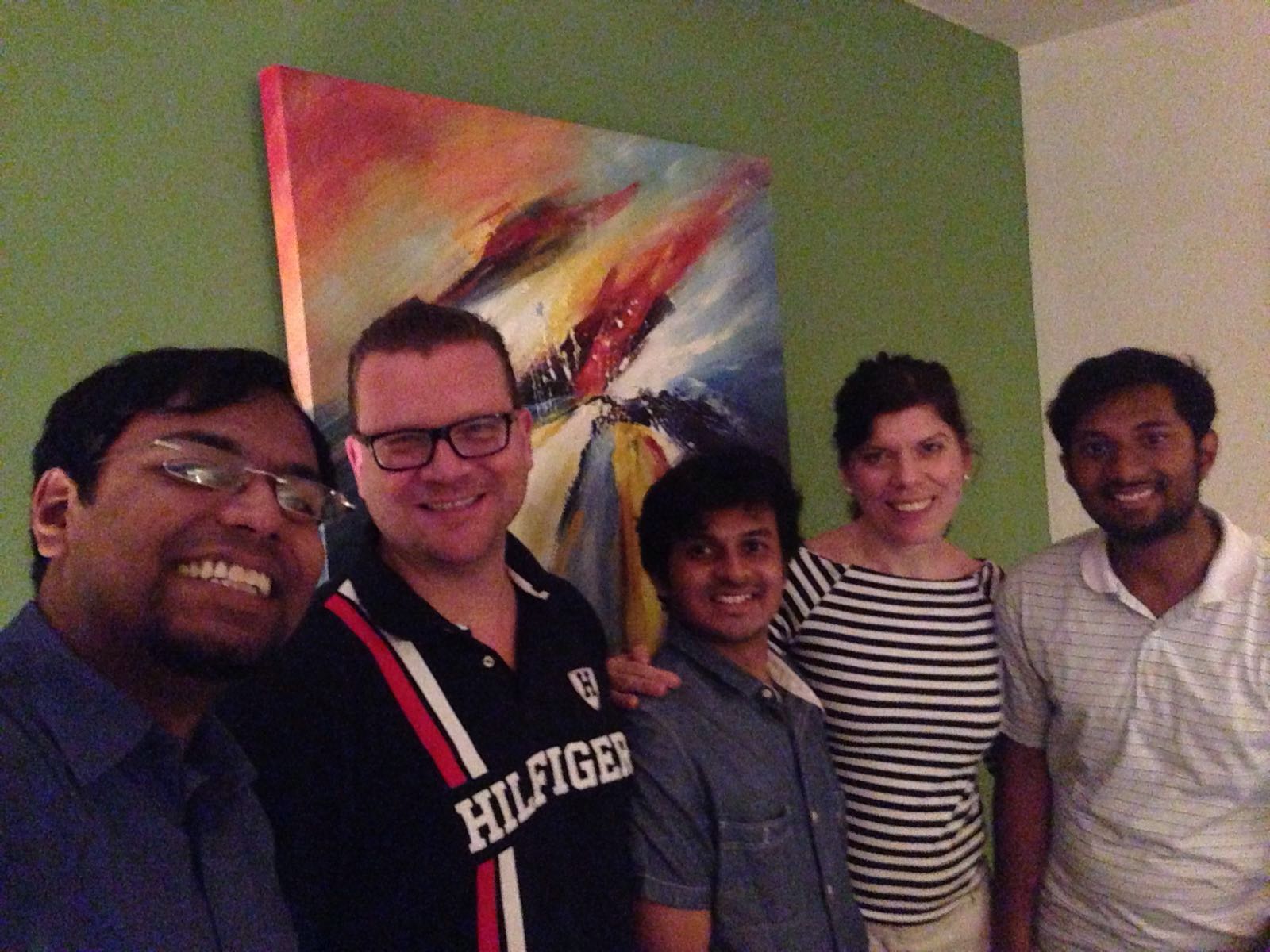
Teaching abroad is great fun. Underneath our respective cultural layers and references, all voices react the same to healthy teaching principles. I have been teaching master classes in Japan, Russia, Sweden and India and there is actually no difference at all. The difference might be in how the student perceives his/her voice from a personal/cultural perspective. My Japanese students for example, find it challenging to connect the voice to the body, since women are taught to be and act “cute and minute”. As a result, the speaking and singing voice is small, narrow and squeezed. This is also a similar case with many women in the West – we do not enter our vocal womanhood, but we remain girlish and tiny, instead of inviting our adult female voice: low, beautiful and resonant.
Personally, I think this originates in women’s distorted will to ”please” and not to ”scare off” others. So we continue sounding diminished and girlish, though we might even be in our 40’s! If women only realised that real men, confident and balanced, will react very positively towards an authentic, grounded voice in a woman!
Some students and choristers are quite inhibited about their bodies and the lower abdomen region, a part absolutely central to good singing. Much giggle and laughter arise, when we start freeing the body in a group session. But when I explain the basic physical facts, the singers always become very focused, serious and relaxed, men and women alike, with no uneasiness at all. These are beautiful and sacred moments, very joyful and uplifting.
Freeing the voice is a dangerous thing. It is about opening the resonance, the sound box in the pharynx, the throat. Some are scared by the result. The student might suddenly experience a huge, broad sound, like having an animal inside, perhaps a dragon, blowing white fire! (This is how I feel myself when singing those mighty notes, folks!) And that huge sound might actually change one’s character. A little Japanese lady of 27 came to me in Sweden a few years ago, presenting the smallest and tiniest voice. She left seven months later, singing “Un bel dí vedremo” by Puccini in full operatic voice. She had gained confidence, inner strength and stopped allowing her big sister bullying her.
Among my Swedish students there are four male singers, well over 50 years of age, all with other day jobs. They are choir singers, all having underused their true capacity for years. With somewhat thin, high voices in big bodies, they now find how their voices grow fuller, deeper, broader. These men too gain great joy, confidence and strength. It is a true joy to see adult men become even more themselves, so to say! Growth is certainly not something confined only to youth. They have started to recite poetry, too. I encourage them to learn rhymed poems by heart, to train the speaking voice. As the old Italian masters teach us: “Si canta come si parla” – one sings the way one speaks.
For me, the vocal and inner growth of a person go hand in hand. We become authentic, when we allow ourselves to use our own, full voices. We stretch, we become what we truly can be. It is about letting go of the false illusions of our voices – small, safe, non-threatening – and allowing ourselves to connect with our physical and mental centre.
Among the February workshops, I’d like to put forward The Bangalore Men, India’s first all-male vocal ensemble. The result of a very ambitious initiative by their leader Mr. Jonas Olsson, this ensemble will be guest coached by me for the years to come, since I have been director of the “Gothenburg Boys’ Choir” for fourteen years, teaching children, teenagers and young men singing polyphony of all kinds. I am really looking forward to its future accomplishments.
I also met with the BSM Chorale, a happy and friendly choir together with their very generous choir director Mr. Victor Abraham. I was invited to do a masterclass on vocal technique combined with mental training – my speciality. We have to imagine the sound we want, we have to prepare our bodies physically and then, not until then, start to produce the tone. A second of concentration is all. And knowing exactly what to do after! This takes time, as we are training the muscle memory, the neuro-physiological routine.
At this session, I learnt something very important from these lovely choristers. I realised many of them, like in many other choirs, were smitten by the sad concept of “India’s got talent” (America/Sweden/Australia/Britain and so on), tending to believe, that the really, really good singers are born with a god-given gift, a talent to sing.
I had to give them a little speech on this matter. In-born talent, to sing like a natural, is very seldom seen. We must rid ourselves of this disheartening and false concept, that causes so much low self-esteem, envy and passivity. Don’t we strive for years to learn mathematics, carpentry, painting, computer engineering, languages, gymnastics, tennis technique? (Not to mention golf!?) Then why not singing? Thus “talent” means “a quality that has developed through hard work for a long time”. I’d rather talk about “physical intelligence” – the ability to absorb constructive instruction. And then there is the “informed imagination” – in order to imagine, you must have knowledge, having sung and listened a lot. If we expose a child to good music, we may awake his/her interest. And then take it from there!
I loved how the choristers responded, with joy and braveness. Singing is for everyone, and everyone can improve immensely in a short time, with informed instruction.
Let us not even discuss small 9-year-old girls singing “O mio babbino caro” in these TV shows, driving a classically ignorant jury to crocodile tears – these awful talent shows all over the world all see this phenomenon over and over again, but we professionals never see these children grow up to become artists. It is about children mimicking, imitating an adult vocal sound, which is unsound for small girls and boys.
February also saw my Indian Lieder recital debut, together with the renowned pianist Ms. Natallia Kapylova in St. Andrew’s church in Bangalore, presenting songs by Schubert, Swedish composers, and the Schumann/Chamisso “Frauenliebe und -Leben”. It was awesome. This Schumann masterpiece is somewhat controversial nowadays for us in the West – many students argue whether they can really “identify themselves” in this song cycle of a woman going through love, birth, death. She glories in her husband, she is living only for him, letting her own identity depend on him. The simple approach is, I find, that of course I can – knowing that this was the harsh reality for women in Europe still in 1840. An unmarried woman’s only way to identity and an adult life, was through marriage.
I was quite taken, when I was learned that this still is the harsh reality for many women in India.
Ms. Kapylova and I also did the possibly subcontinental premiere of Schubert’s great song “Die Junge Nonne”:
I look forward immensely to my next Bangalore visit, having been invited back to the Bangalore School of Music to teach. I look forward to reconnecting with The Bangalore Men, who this August will present their project “Simply Schubert”. Unfortunately I cannot take part this time, due to my new contract with the Malmö Opera in South Sweden.
I also look forward in the near future to start a collaboration with a much renowned Carnatic singer. We are planning a fusion of Carnatic song, Gregorian chant and Swedish folk tradition with Indian tambura, pointing out the spiritual depths of these great traditions of the East and the West. In Sweden, I have sung Gregorian chant, Hildegard von Bingen and early Medieval polyphony for years, and it is a joy to return to the roots. To listen to Hindustani and Carnatic song is really awesome for me as a highly trained musician in a different tradition – I am amazed with its complexity and beauty.
My friends and I also have an opera project in the pipeline, which would merge India’s rich heritage with European Baroque. There will be lavish scenography, rich colours and splendid music!
For the future, I wish more and more trips to India. It is a country to which I always long to go back. I wish for more music, more projects and collaborations. And to sing the Ravel Schéhérazade dressed in my violet saree with an Indian symphony orchestra would be just awesome.
And of course I wish that public funding to the arts would increase, so that there would be more concert halls, cultural halls, more possibilities to learn about music, thus educating new audiences. The Western Classical heritage belongs to all people and it would thrive side by side with India’s rich musical heritage.”
